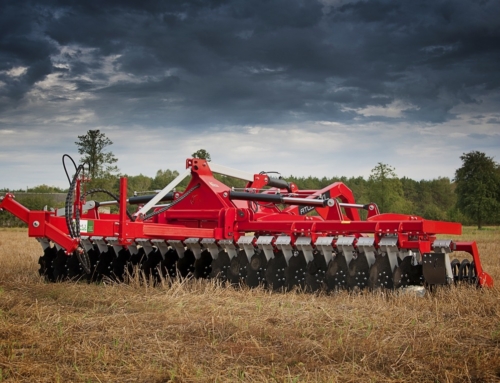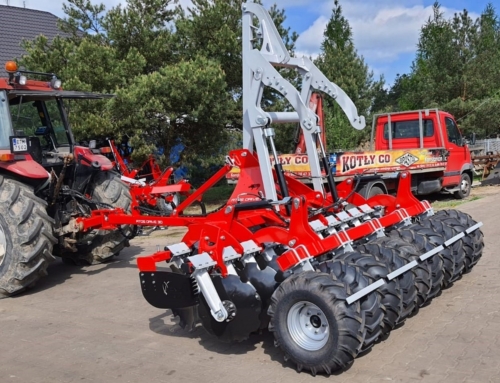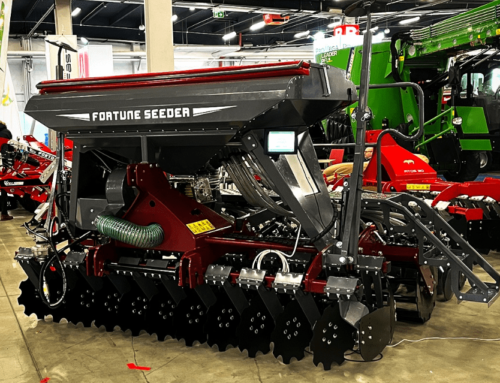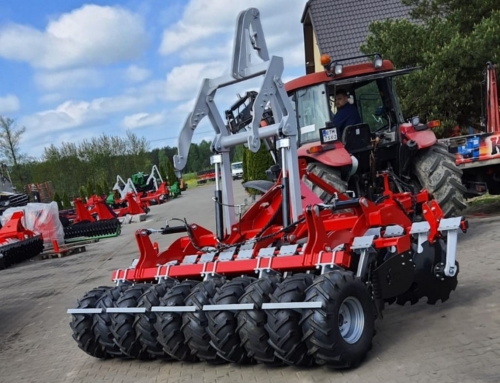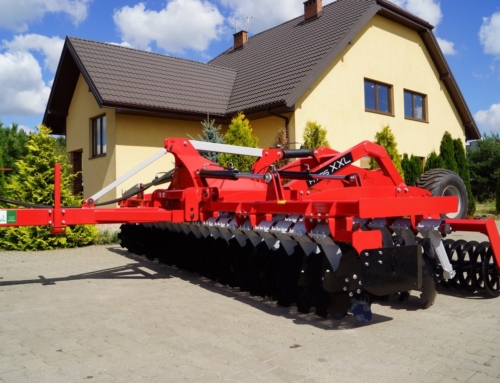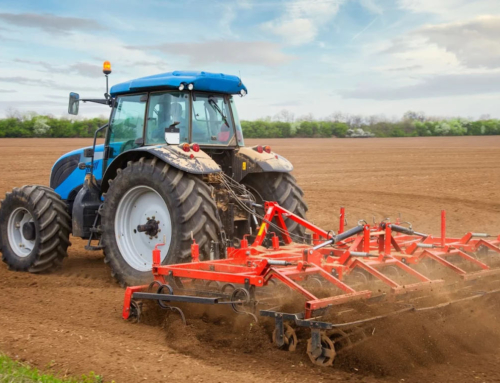Harvest residues, such as straw, leaves, stems and roots, constitute an important element in the soil ecosystem. Their decomposition is important for maintaining soil health as it affects its structure, fertility and nutrient cycle. This process depends on many factors that work together to convert plant residues into humus.
- Factors influencing decomposition
- The role of agricultural machinery in the decomposition of residues
Factors influencing decomposition
- Chemical composition of residues – materials rich in lignin and other complex organic compounds decompose more slowly, while residues rich in easily decomposable materials decompose faster,
- Microbial activity – microorganisms are responsible for the decomposition of organic matter, therefore their population and activity strongly influence the rate of decomposition,
- Soil moisture – the appropriate level of humidity is necessary for the activity of microorganisms and enzymatic processes that drive decomposition. Too much humidity can lead to flooding and anaerobic conditions, while too little can slow it down.
- Temperature – the rate of decomposition increases at higher temperatures within specific ranges, depending on the groups of microorganisms. However, extreme temperatures can, in turn, significantly inhibit decomposition because they limit their activity,
- Plowing and mixing the residues – agrotechnical treatments increase contact with small soil organisms and improve the rate of decomposition,
- Soil reaction – has a direct impact on soil microflora and decomposition processes. The most effective decomposition of crop residues occurs in soil with a neutral or slightly acidic pH,
- Plant residue management – leaving plant residues on the soil surface as mulch can create a protective layer that moderates temperature and humidity.
The role of agricultural machinery in the decomposition of residues
Machines like tilling sets, disc harrows, Czy cultivators play an important role in the even distribution of crop residues on the field. Their effective use ensures uniform decomposition of organic matter, eliminating the risk of its clumping. In addition, these devices help distribute crop residues in the upper layers of the soil, which makes it easier for soil microorganisms to access them and accelerates their decomposition. The action of these agricultural machinery it also affects the air and water conditions in the soil, which is crucial for the activity of microorganisms responsible for the decomposition of residues.
using cultivation aggregates and other machines for loosening the soil and spreading residues, farmers can significantly contribute to improving the quality of the soil by increasing fertility and improving its structure. These two issues are invaluable in long-term soil management.


